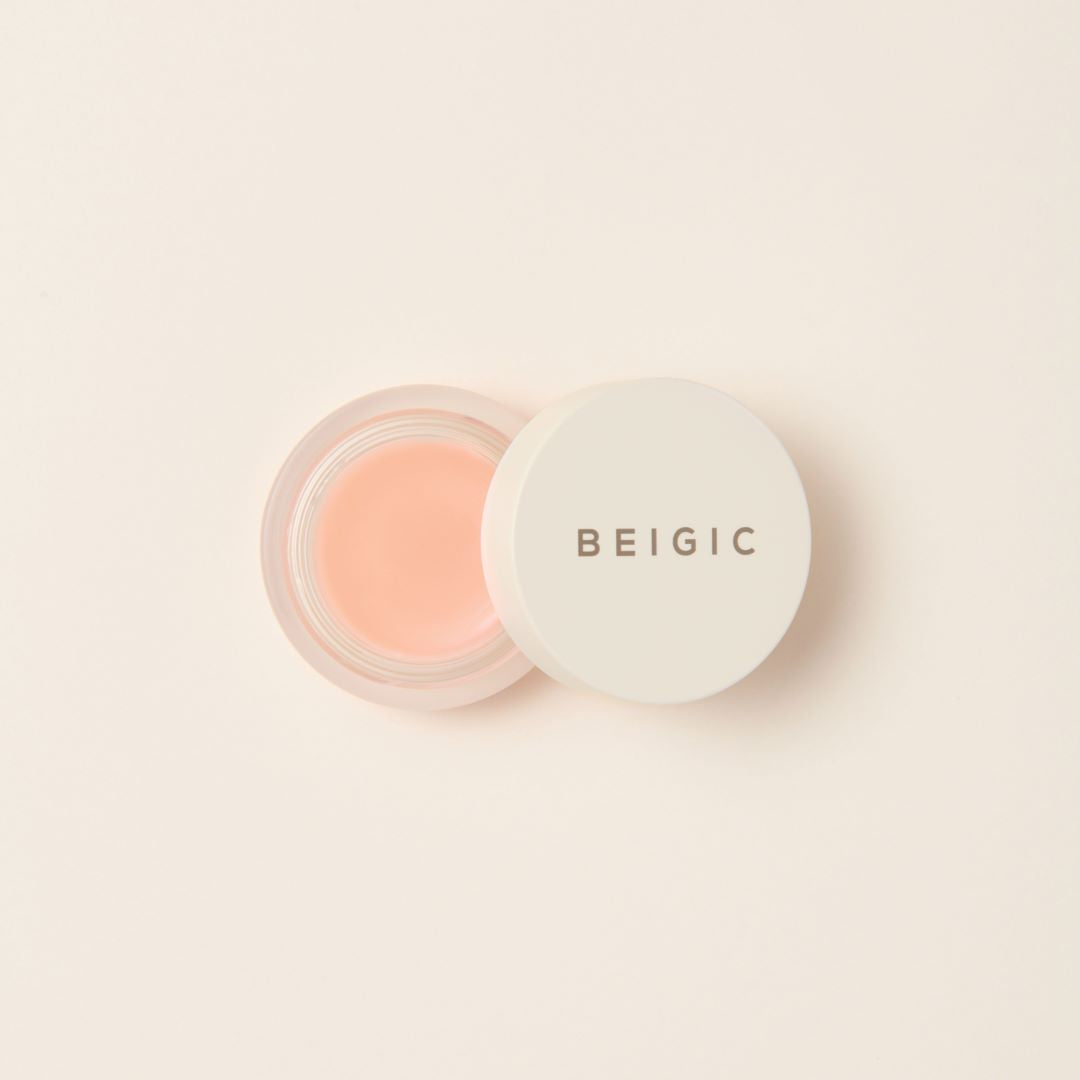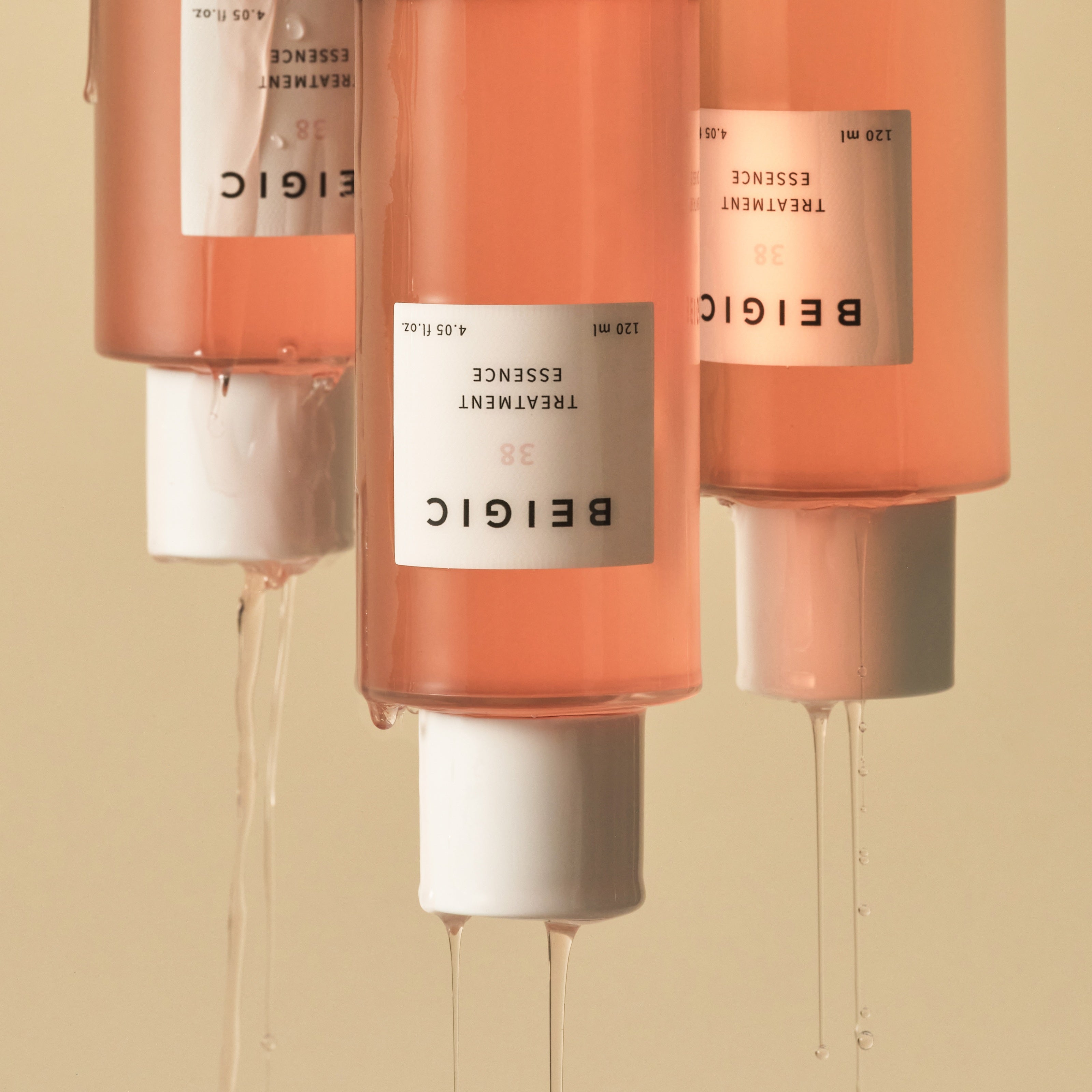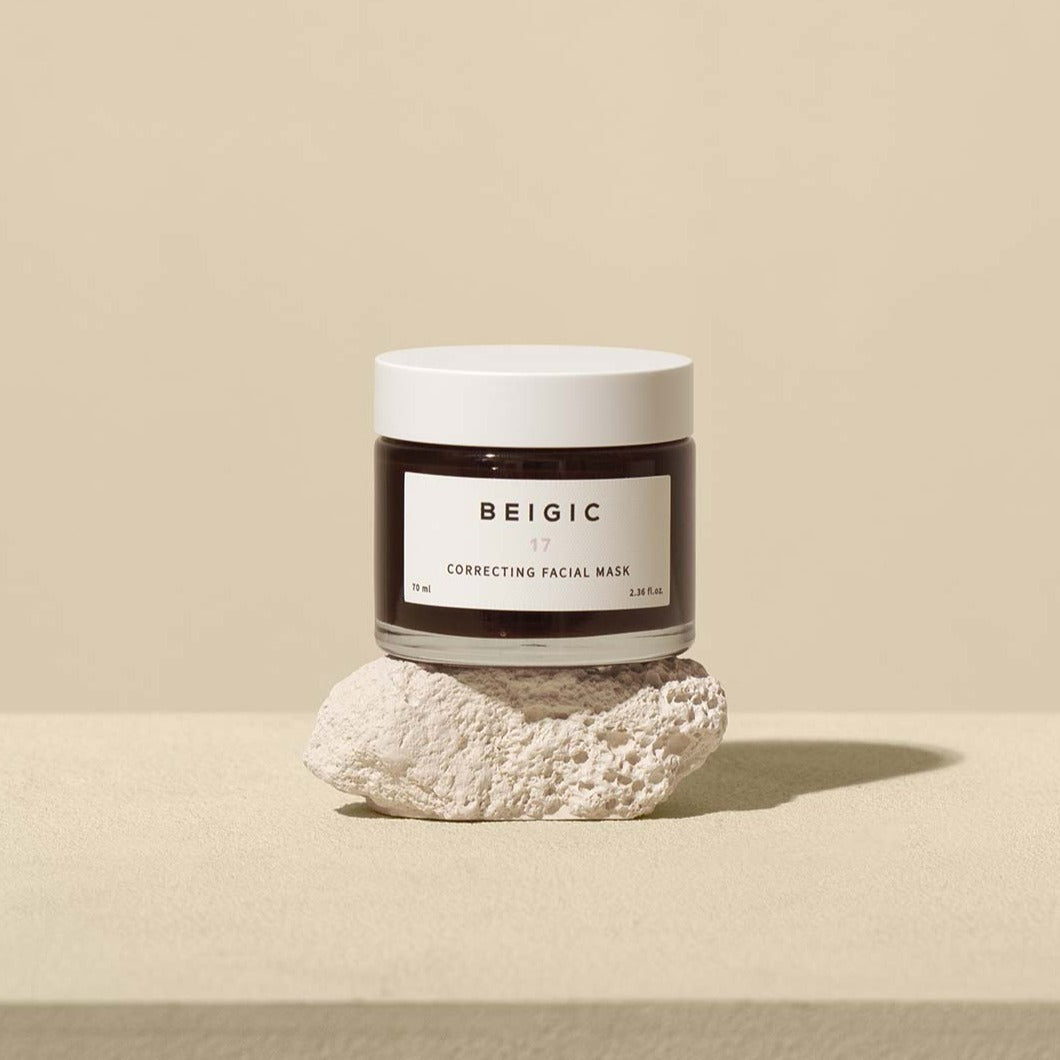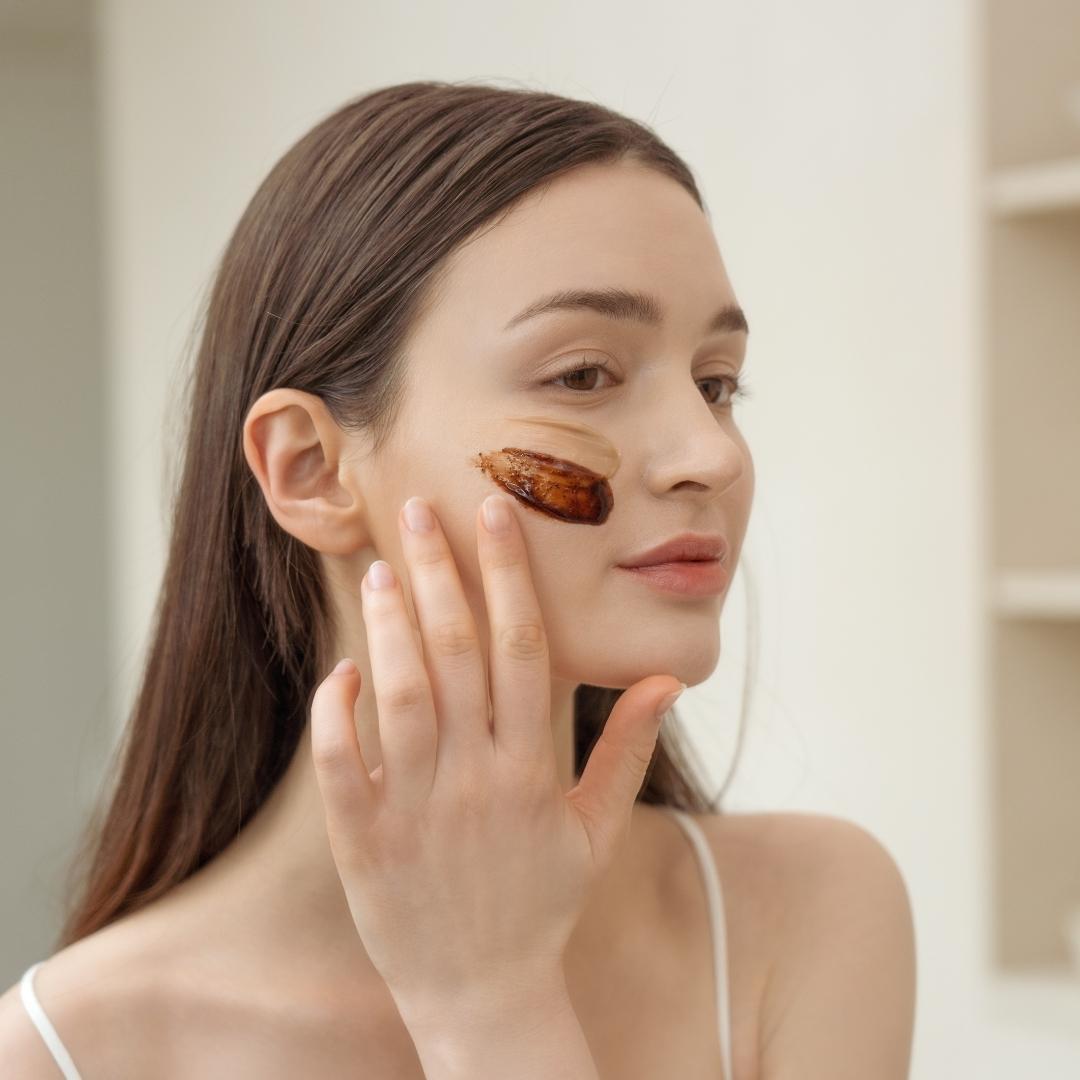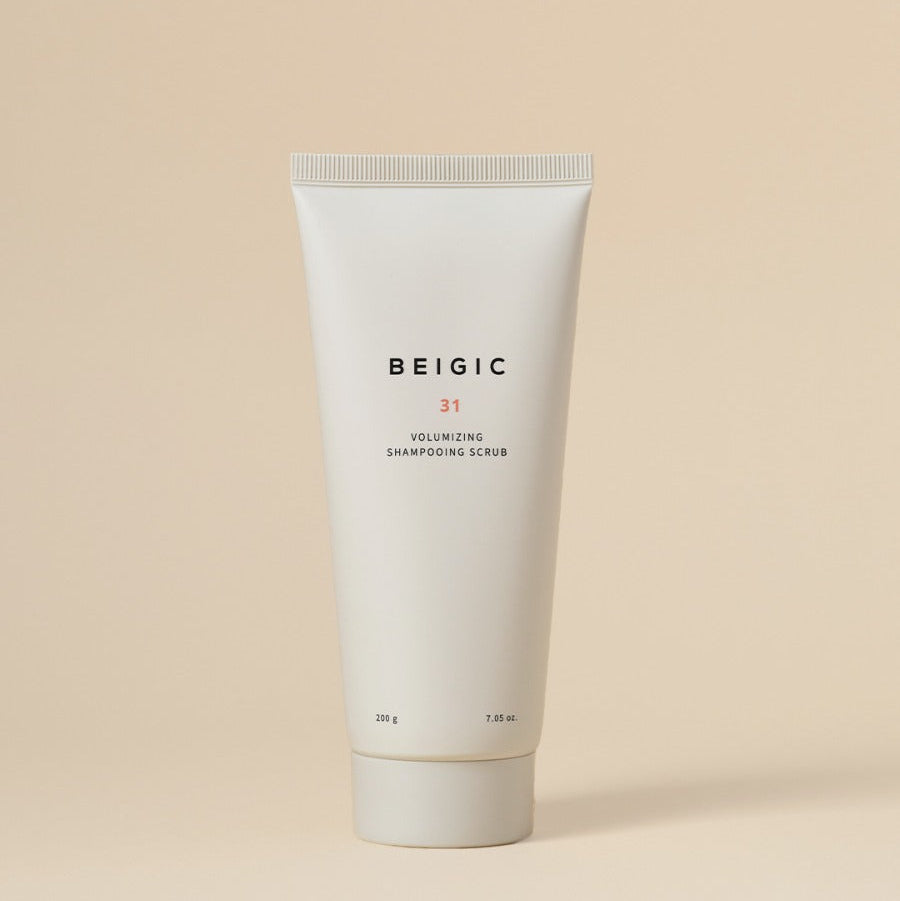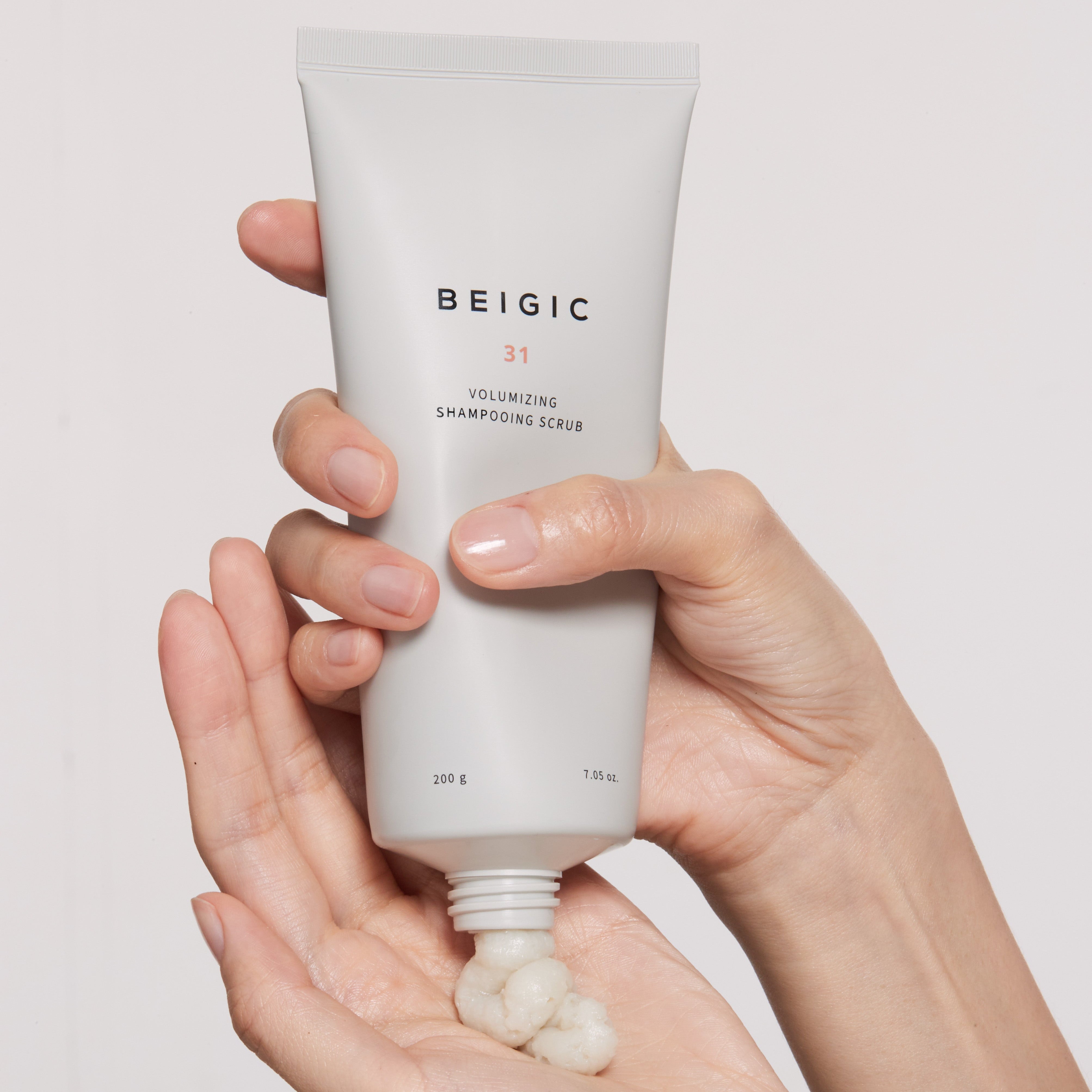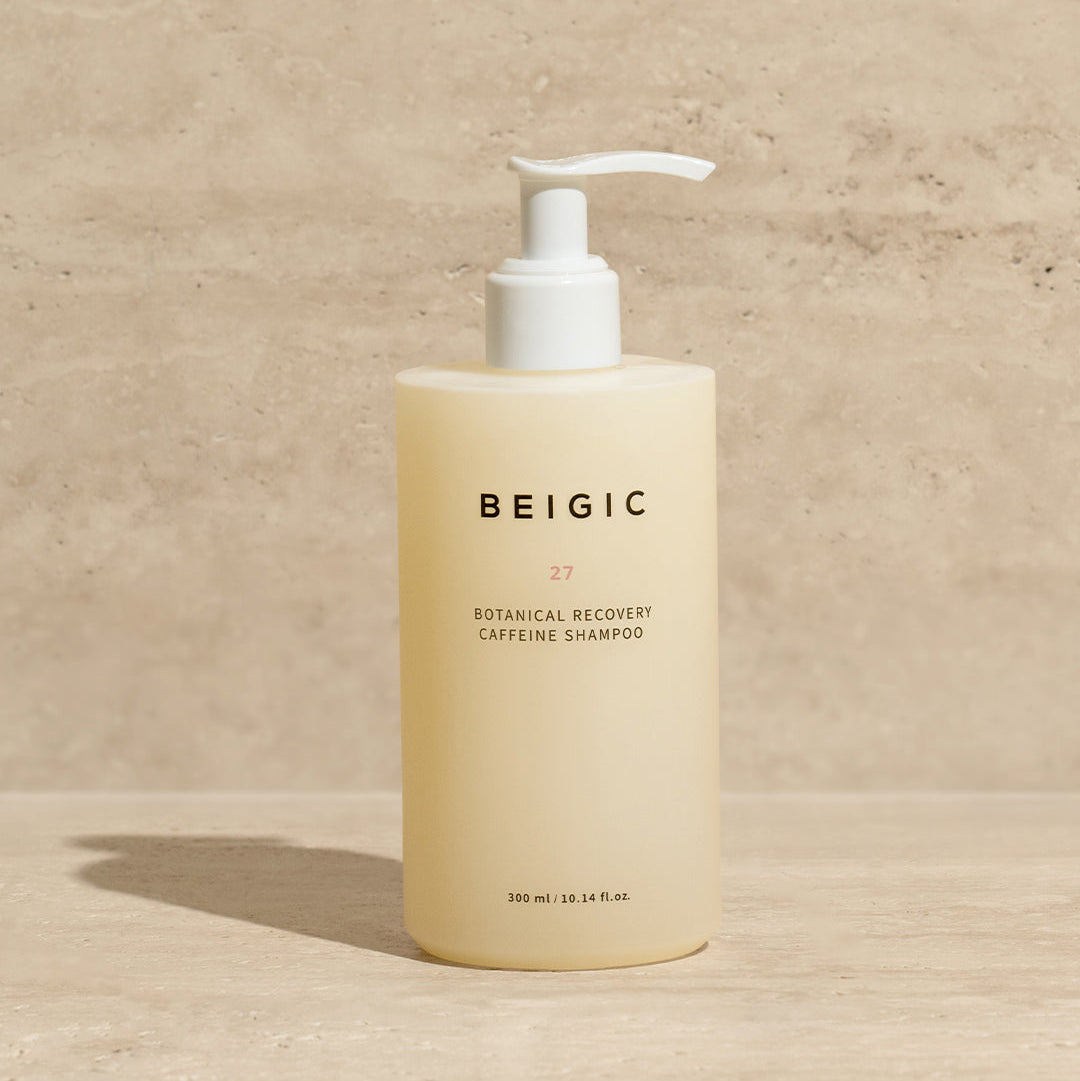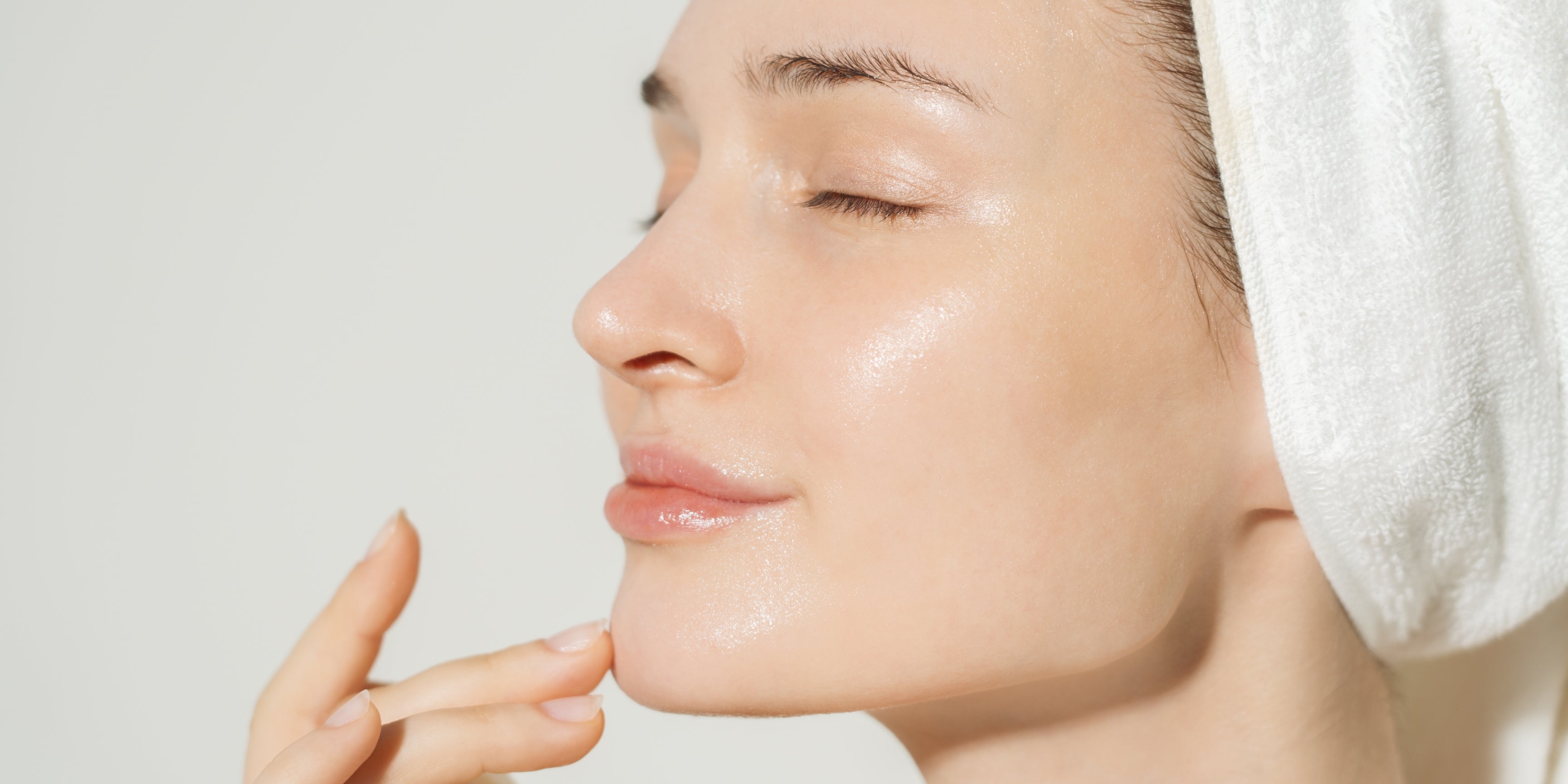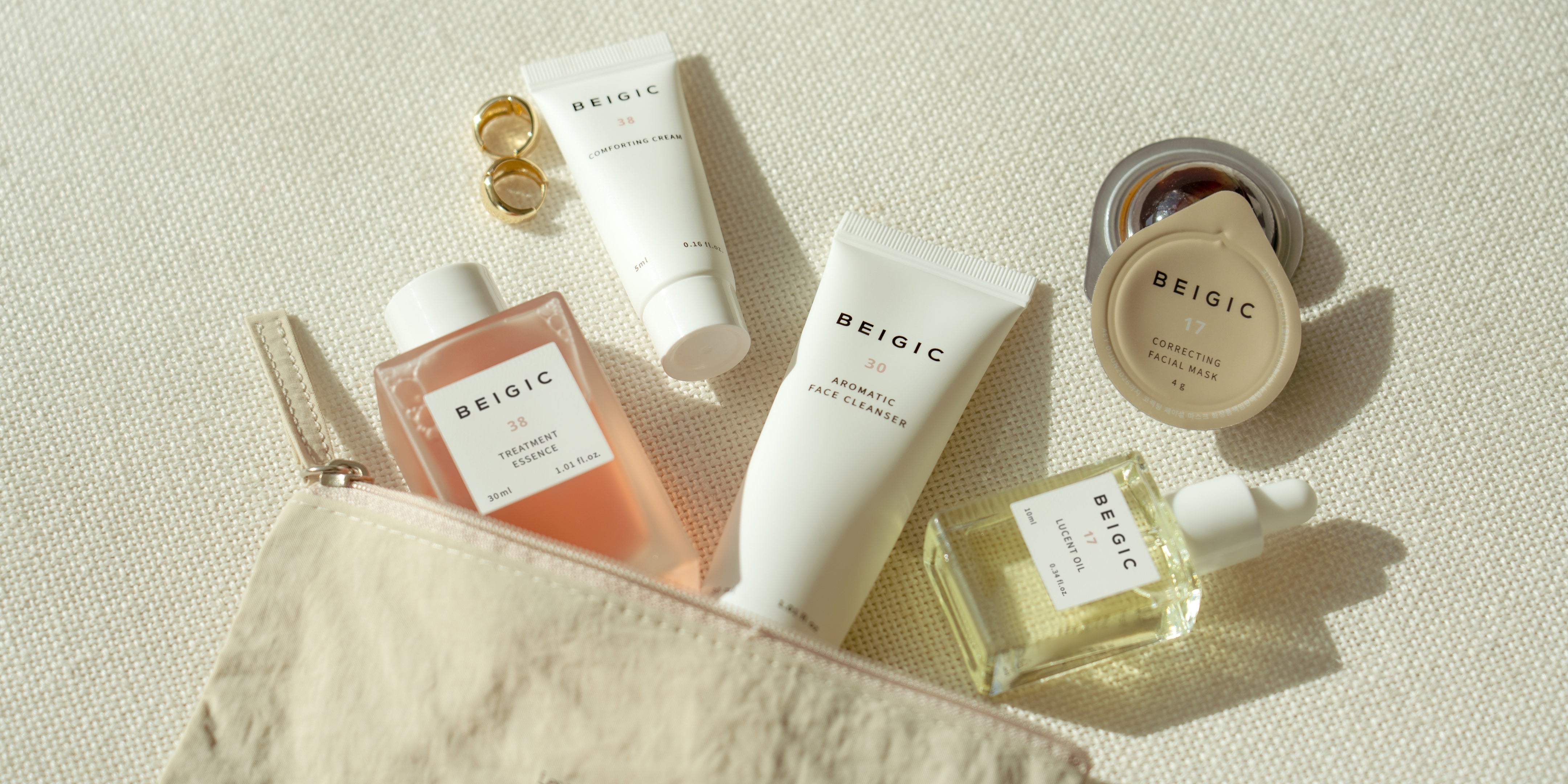
Components of Skin

1. Water: The Main Constituent of Our Body
Water is the primary constituent of our body, accounting for 70%, or three-quarters of the average total body mass, but it can decrease to 45% depending on age, body size, or individual morphology. Cells contain the highest water content at 54%. As the majority, they capture the most water in the body and are thus affected by water loss resulting from dehydration.
2. Keratin
Keratins are fibrous, water-insoluble proteins found on the surface of our skin, providing impermeability and protection against external agents. The skin organizes their synthesis during keratinization, a continuous process of cell maturation in which the superficial layers of the skin impregnate with keratin. Soft keratin, found in the epidermis, differs from hard keratin present in hair, fur, and nails.
Keratin is produced by keratinocytes, cells constituting 85% of the superficial layer of the skin (epidermis) and phanera (nails, hair, fur), constantly renewing from basal layers, from depth to the surface. During their renewal cycle, keratinocytes deplete and then eliminate through desquamation.
Keratins contain high concentrations of cysteine, a sulfur-containing amino acid (amino acids are the building blocks of proteins), and low levels of lysine and hydroxyproline.
3. Hyaluronic Acid
Hyaluronic acid is a hydrophilic element (tendency to absorb water or mix with it) in the dermis, consisting of an assembly of molecules composed of proteins and sugars, the proteoglycans capable of fixing 1000 times their weight in water when fluid in the extracellular substance (outside the cell). It plays a crucial role in skin hydration, tonicity, and elasticity. Over half of the hyaluronic acid in the human body is found in the skin tissue, where it is a major component of the fundamental extracellular matrix (a set of molecules secreted by cells that provide structural and biochemical support to surrounding cells). The water retention capacity of hyaluronic acid provides remarkable viscoelastic properties, both viscous and elastic, contributing to the beauty of the skin and face.
Hyaluronic acid is abundant in childhood and decreases with age due to exposure to free radicals such as pollution, tobacco, sun, alcohol, etc., which destroy its structure, leading to a reduction in its effects. By the age of 50, only half of the amount of hyaluronic acid may remain.
Hyaluronic acid naturally declines with age, so it’s important to support your skin’s hydration. A gentle cleanser enriched with hyaluronic acid, like our Aromatic Face Cleanser, helps maintain hydration on the skin’s surface. It keeps the skin comfortable, soft, and ready for your skincare routine.
4. Collagen
The main cells of the dermis are fibroblasts, which synthesize two types of protein fibers: collagen and elastin. Collagen represents the majority of dermal constituents (the layer beneath the epidermis) and imparts strength, allowing tissue healing in case of skin injury. Collagen is an assembly of proteins organized into fibers, which are hydrophobic and ensure the cohesion and resistance of tissues for a firm and smooth appearance.
5. Elastin
These proteins are also organized into a network of fibers that give tissues elasticity, flexibility, and strength. They are hydrophobic, meaning they do not absorb water, and have a much lower molecular weight than collagens, with which they are intimately crossed. Elastin is a complex molecule rarely used in cosmetics because it does not penetrate.
6. Melanin
Melanin derives from tyrosine, an amino acid necessary for the proper functioning of the entire body, and is the natural pigment of the epidermis produced by cells called melanocytes. Melanins are decisive for the color of the skin and hair. Beauty marks (moles) are provided with them, especially if they are dark. Depending on the location and density of pigments, sensitivity to light differs, explaining why fair skin is more vulnerable to the sun than dark skin.
7. Lipids
The hypodermis, the deepest layer beneath the dermis, is rich in fat and blood vessels, constituting the main energy reserve of the skin. It is a fatty tissue composed of adipocytes, cells that store reserve fat they produce. It plays a role as a protective cushion, thermal insulator, and energy reserve. Sebaceous glands, glands that secrete sebum, are another source of lipids reserved on the skin's surface.
To learn more about the structure of the skin and the role of its protective barrier, you can read our previous article: "Learn more about the structure of the skin & the skin barrier."


